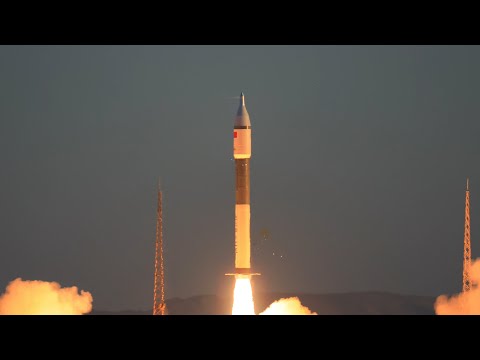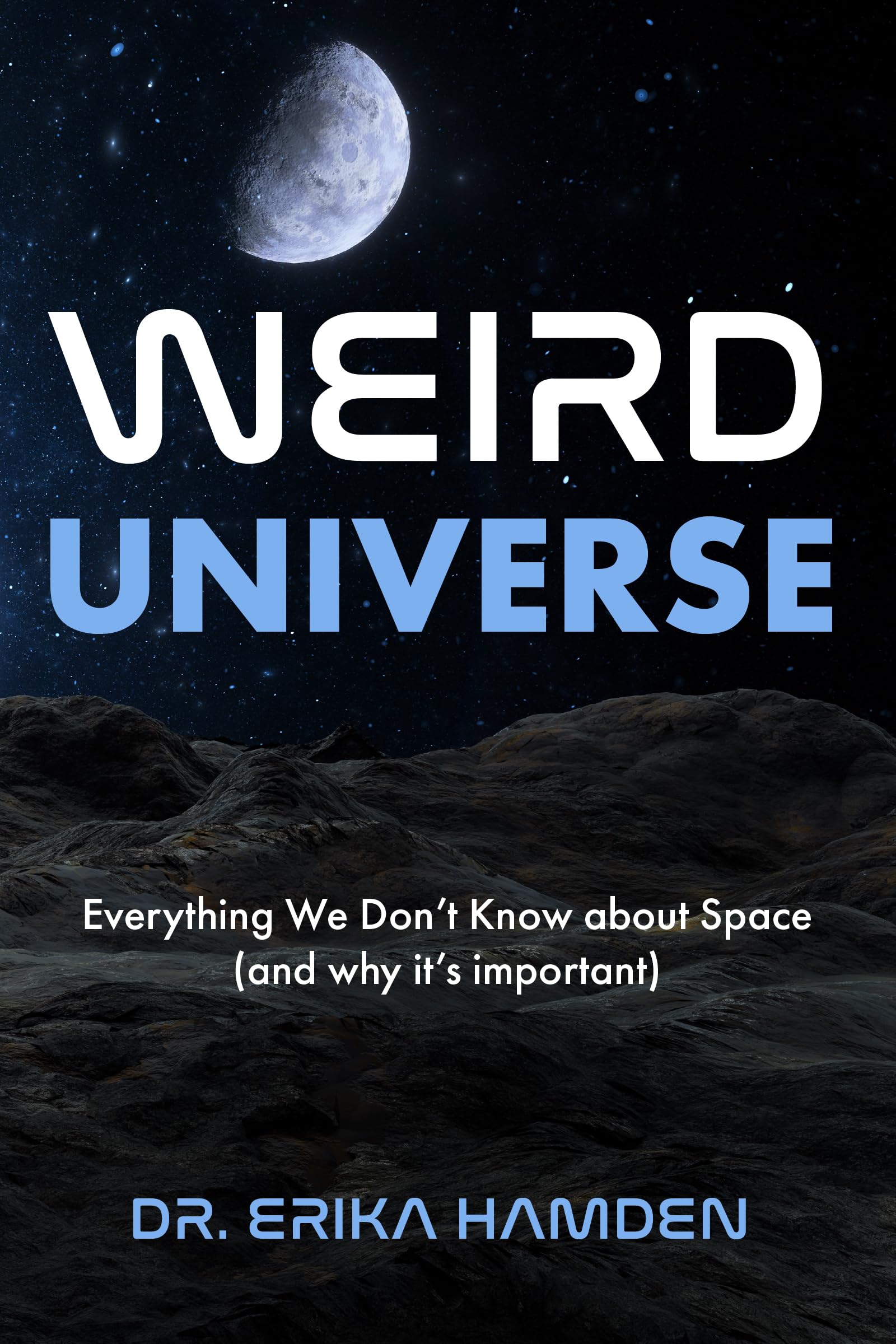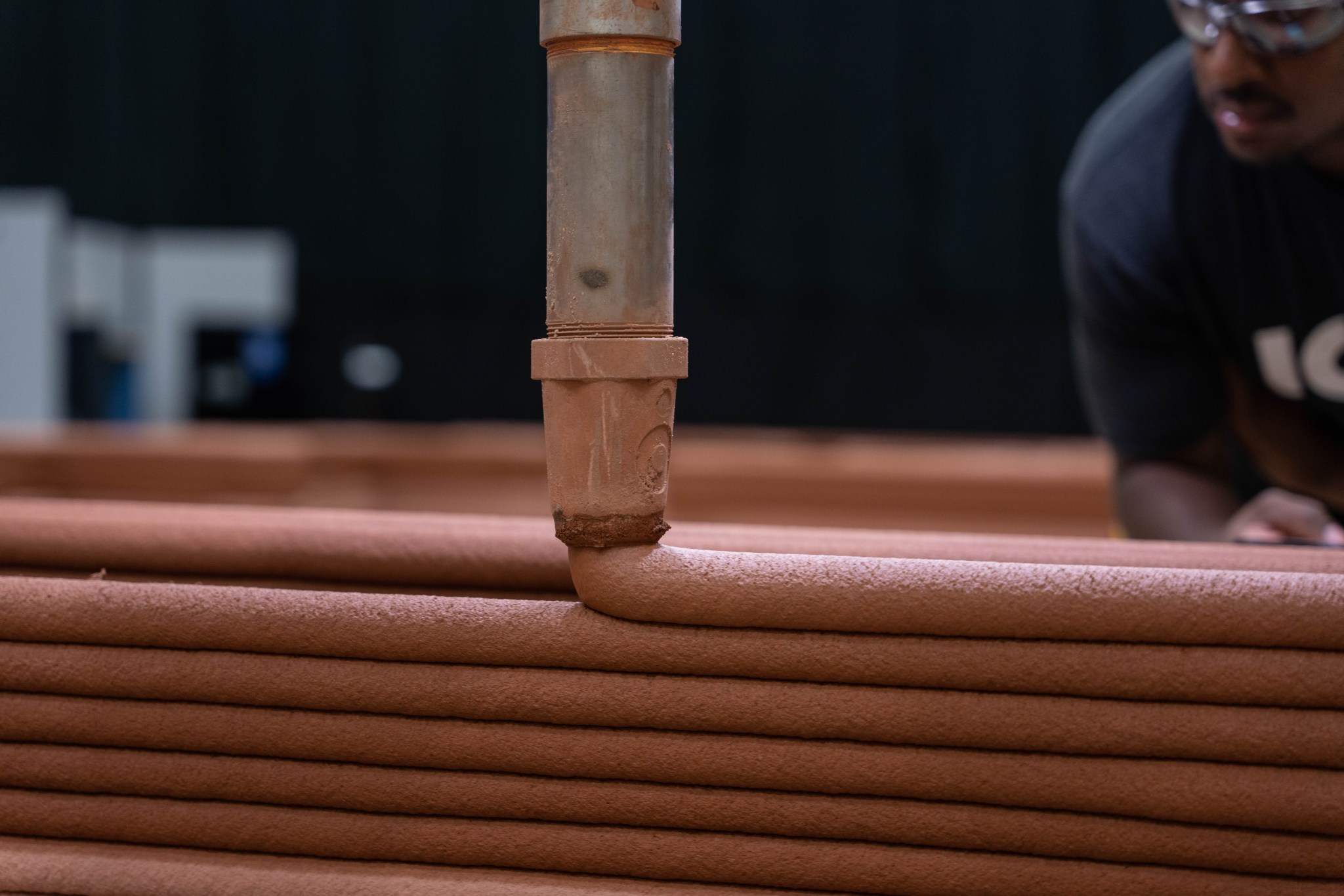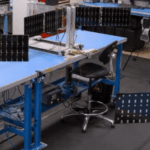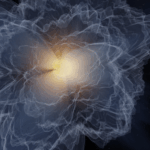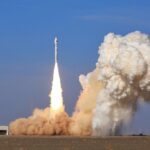Now Reading: Altimeter problems, lighting challenges caused IM-2 lunar lander to fall on its side
-
01
Altimeter problems, lighting challenges caused IM-2 lunar lander to fall on its side
Altimeter problems, lighting challenges caused IM-2 lunar lander to fall on its side
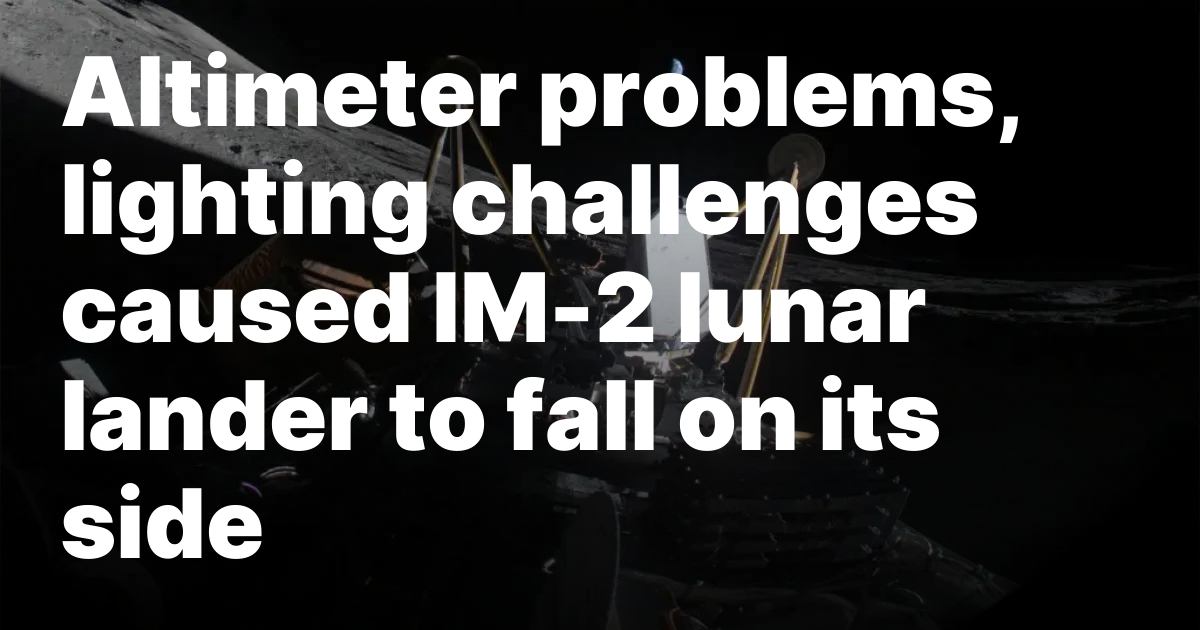
WASHINGTON — Problems with laser altimeters along with lighting and terrain challenges caused Intuitive Machines’ second lunar lander to fall on its side when it landed on the moon in March.
Company executives said in a May 14 earnings call that three factors contributed to the “landing anomaly” on its IM-2 mission. On that mission the Nova-C lander fell on its side in a crater when it touched down in the south polar region of the moon March 6. The lander was not able to generate sufficient power from its solar panels, leading to an end of the mission barely 12 hours after touchdown.
One factor was an issue the company previously discussed with the lander’s laser altimeters. Steve Altemus, chief executive of Intuitive Machines, said there was “signal noise and distortion” from the altimeters during the lander’s final descent “that did not allow for accurate altitude readings.”
A second factor was conditions at the south polar region of the moon, where low sun angles cause long shadows that “challenged the precision capability of our landing system.” A third, related factor, is that craters appeared differently at lower altitudes, given those lighting conditions, than they did in reference images from NASA’s Lunar Reconnaissance Orbiter, affecting the lander’s optical navigation system.
Altemus said the company is incorporating the lessons learned from IM-2 into its next lander mission, IM-3, scheduled for next year. That lander will include dissimilar and redundant altimeters, which will go through more “flight-like” testing ahead of launch. The lander will also have a new lighting-independent sensor to measure surface velocity, and will have an enhanced crater database for improved optical navigation.
Those changes, he said, will not delay the mission. There will be a “slight” increase in cost because of the additional sensors, but he did not quantify the increase.
Altemus said the company is in negotiations with NASA and other customers on the IM-2 mission about up to $14 million in success payments. Some of the payloads were able to carry out limited tests on the moon: a NASA drill, for example, was able to test its mechanisms but was not able to drill into the lunar surface as planned. Altemus said the company wants to complete those negotiations by the end of the quarter or early the following quarter.
Diversification and Artemis changes
Intuitive Machines emphasized in the earnings call its efforts to diversify beyond lunar lander. Altemus highlighted efforts such as design of an orbital transfer vehicle based on the Nova-C lander being done with an unnamed government customers, as well as ongoing work with the Air Force Research Lab’s JETSON project for a spacecraft that uses nuclear electric propulsion.
The company also won in February a $10 million grant from the Texas Space Commission to support work on a lifting body reentry vehicle. Intuitive Machines is working with Rhodium Scientific on ways the vehicle could be used to conduct microgravity research, returning biomedical or other experiments to Earth.
“This diversification and execution builds on our core strengths and positions us as a broader infrastructure and data services provider across the space economy,” he said.
That diversification comes as NASA’s approach to lunar exploration faces potential major changes. The administration’s fiscal year 2026 budget proposal would cancel the lunar Gateway and phase out the Space Launch System and Orion after the Artemis 3 mission, replacing those vehicles with commercial capabilities.
Altemus said Intuitive Machines does not expect any near-term impacts of those changes on programs like Commercial Lunar Payload Services (CLPS), the primary customer of the company’s first lunar lander missions, or the Lunar Terrain Vehicle (LTV) Services program to develop a commercially provided rover for later Artemis crewed missions.
“We do not see a direct impact into the CLPS budget,” he said, with the agency expected to award two task orders for missions later this year. Likewise, he said NASA has not signaled any plans to delay the selection in November of a company to develop the LTV as Intuitive Machines and two competitors, Astrolab and Lunar Outpost, complete preliminary design reviews under awards NASA made last April.
One potential change, he said, may be in the awards made in that next phase. NASA previously stated it planned to select just one of the three companies for funding to develop the LTV. The agency is considering a scenario where it may also select a second company to advance their rover design through a critical design review.
Changes to the overall Artemis architecture, he said, could create new opportunities for the company. He mentioned testimony he and executives of other lunar lander developers gave to the House Science Committee’s space subcommittee in April, where they called for an expansion of the CLPS program. That included more frequent missions and larger landers, along with bulk buys of missions.
“With the reformulation of Artemis, there’s a place for heavy cargo delivery to put infrastructure on the surface of the moon,” he said, along with commercial communications and navigation networks. “We’re playing right into that reformulation with these capabilities.”
Intuitive Machines reported $62.5 million in revenue in the first quarter of 2025, a 14% increase from the fourth quarter of 2024. The company reported an adjusted earnings before interest, taxes, depreciation, and amortization (EBITDA) loss of $6.6 million in the quarter, although the company said it was on track for positive “run-rate” adjusted EBITDA by the end of the year.
Stay Informed With the Latest & Most Important News
-
 012024 in Review: Highlights from NASA in Silicon Valley
012024 in Review: Highlights from NASA in Silicon Valley -
 02Panasonic Leica Summilux DG 15mm f/1.7 ASPH review
02Panasonic Leica Summilux DG 15mm f/1.7 ASPH review -
 03From Polymerization-Enabled Folding and Assembly to Chemical Evolution: Key Processes for Emergence of Functional Polymers in the Origin of Life
03From Polymerization-Enabled Folding and Assembly to Chemical Evolution: Key Processes for Emergence of Functional Polymers in the Origin of Life -
 04How New NASA, India Earth Satellite NISAR Will See Earth
04How New NASA, India Earth Satellite NISAR Will See Earth -
 05And Thus Begins A New Year For Life On Earth
05And Thus Begins A New Year For Life On Earth -
 06Astronomy Activation Ambassadors: A New Era
06Astronomy Activation Ambassadors: A New Era -
07SpaceX launch surge helps set new global launch record in 2024














